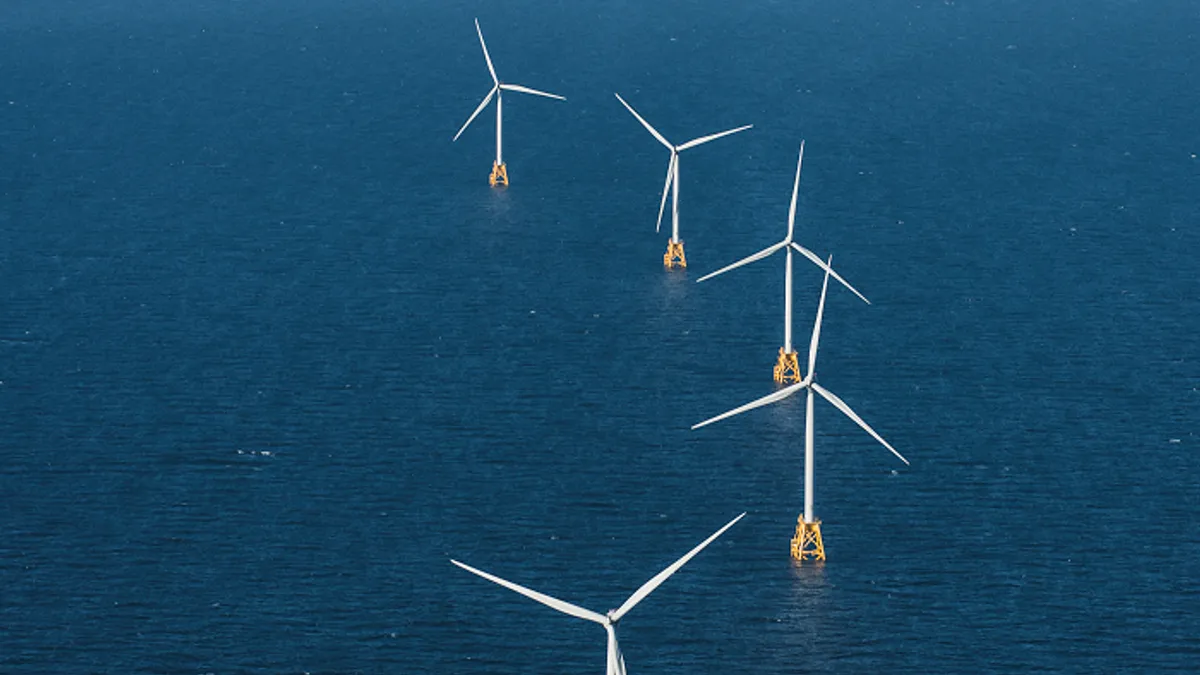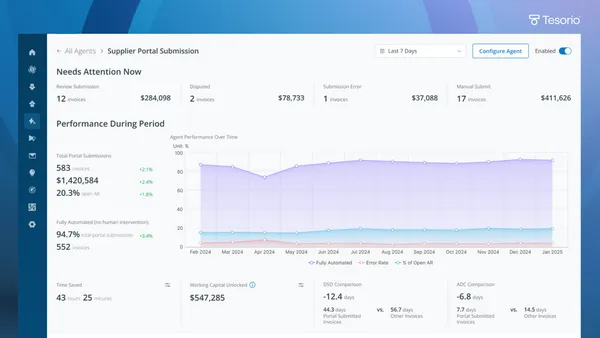Dive Brief:
- Danish energy company Orsted announced Monday both its CFO Daniel Lerup and its Chief Operations Officer Richard Hunter are stepping down by mutual agreement with “immediate effect,” a move that follows substantial financial losses by the business as it struggles against economic pressures in the offshore wind industry.
- The world’s largest offshore wind developer has begun searching for both a new CFO and COO and expects those processes to be concluded “as soon as possible in 2024,” Orsted said in a Tuesday press release.
- Like others in the industry, the Fredericia, Denmark-based company is “experiencing a challenging and volatile business environment,” Mads Nipper, Orsted’s CEO and group president, said in a statement included in the press release. “Therefore, the Board of Directors and I have agreed with our current CFO and COO that we need new and different capabilities to lead the Finance and EPC & Operations functions to strengthen Ørsted’s journey into the future.”
Dive Insight:
The company’s Region Europe CEO and EVP Rasmus Errboe will serve as interim CFO and member of the executive board effective Tuesday, Orsted said. Meanwhile, Andrew Brown, a member of the offshore wind developer’s board of directors, will step in as interim CFO and has been appointed as a member of its group executive team “expectedly until” March 1, 2024.
Errboe joined the company in 2012 and has served a variety of positions during his tenure there, including a stint as CFO for its offshore wind segment, while Brown has held key executive roles at global businesses including Shell oil and Portuguese energy firm Galp.
A 14-year alum of Orsted, Lerup was appointed to the role of group CFO in April 2022 from his role as CFO for the firm’s offshore segment, where he served a two-year tenure, according to his LinkedIn profile. Hunter joined the firm two years ago as its COO, per his LinkedIn page.
The immediate departure of both Lerup and Hunter comes after the global energy company reported substantial financial losses for the first nine months of its fiscal year, with Orsted struggling to right itself among significant economic stumbles in the broader offshore wind space.
The company reported impairment losses of Danish kroner 28.4 billion for the first nine months of 2023, due to “adverse impacts related to supply chain delays, increased interest rates and the lack of an OREC adjustment on Sunrise Wind,” according to results published on Oct. 31.
Co-managed with Eversource, Sunrise Wind is one of several wind farm projects based in New York, granted approval by the New York State Energy Research and Development Authority (NYSERDA) to sell Offshore Wind Renewable Energy Certificates (ORECs) in 2019. State regulators rejected Orsted’s petition to raise the OREC prices in October, one of several similarly rejected petitions submitted by developers in the state which were looking to raise their contracted prices, according to a recent report by S&P Global.
Pricing questions are a critical factor in why the offshore wind industry is currently in crisis; unlike other businesses which could respond to the rise in prices seen in recent years by the COVID-19 pandemic and other macroeconomic factors, many developers’ contracts bind them to selling at rates set years ago, according to a report by Bloomberg. Costs on the materials required to build wind turbines have also increased, while higher interest rates are chipping away at developers’ margins, Bloomberg said.
Wind power development in the U.S. has been particularly troubled; Orsted’s decision to scrap two of its other U.S. projects — its Ocean Wind 1 and Ocean 2 projects, respectively — off the coast of New Jersey — came after three other developers in New England pulled back from projects in Massachusetts and Connecticut, according to a report by the Associated Press. The Ocean 1 and Ocean 2 projects would have provided over 2.2 gigawatts of power to the area.
The move by Orsted in particular casts a pall over the Biden administration’s stated goal of powering 10 million homes with energy generated by wind turbines by 2030. Together, the two New Jersey projects would have represented nearly one-fifth of the administration’s goal of reaching 30 gigawatts of offshore wind power by that period, according to the AP.
Orsted made the decision to shutter development at both projects after reviewing its U.S. offshore wind portfolio, which CEO Nipper described as “challenged” in a statement included in the company’s financial results. The bulk of the company’s impairment losses, DKK 19.9 billion, related to the Ocean Wind 1 project, the company said.
Orsted did not immediately respond to requests for comment.












